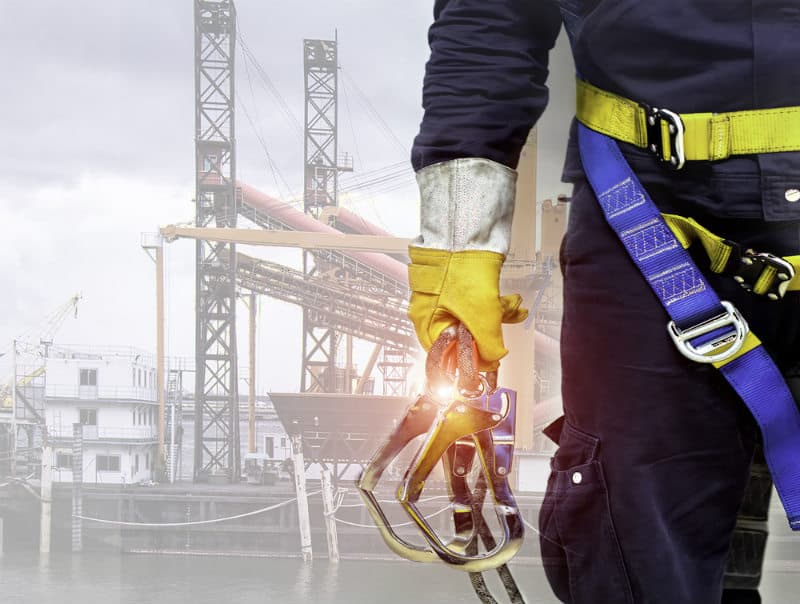Consider this statistic:
Many of these falls involved heights of 3 metres of less and involved a range of equipment and structures including ladders, roofs, vehicles and horses.
The industries most affected by falls are:
- Construction
- Manufacturing
- Telecommunications
- Transport
- Agriculture
- Forestry industries
While there are specific health and safety laws governing working safely at heights, every workplace must minimise their own risk via a process of assessment and ensure an appropriate prevention system is in place. Keep reading for a summary of ways to reduce the risk of falls.
Minimising The Risk Of Falls
It goes without saying that the most effective way to minimise the risk of a fall is not to have workers performing tasks at height. Of course, this is not always possible, so make sure you are aware of the specific Work Health and Safety Regulations regarding management of risk of fall, and follow these practical tips summarised from SafeWork NSW.
- Look for alternatives to working at height wherever possible. Opportunities to work from the ground should be identified during the planning phase of the project.
- Install A Fall Prevention Device – temporary work platforms, guardrails and scaffolding will all help keep workers safe.
- Use A Fall Arrest System – If a worker does fall, a fall-arrest system (includes safety nets, fall arrest harnesses, anchors and lifelines) will reduce the impact of the fall.
Work Safely At Heights Training In Nowra
ATL Safety runs an 8-hour work safely at heights training course designed to teach participants how to identify risks and ensure appropriate control measures are in place. The course also covers fall protection equipment (inspection and using), as well as identifying and completing relevant documentation (WMS, JSA’s and safety.procedures). This course is ideal for those for those required to work at heights and managers and supervisors with responsibility for workers safety. Book now or contact us for more information.

